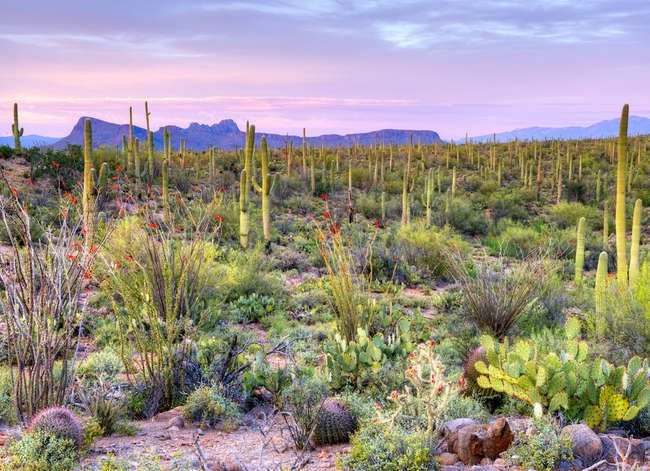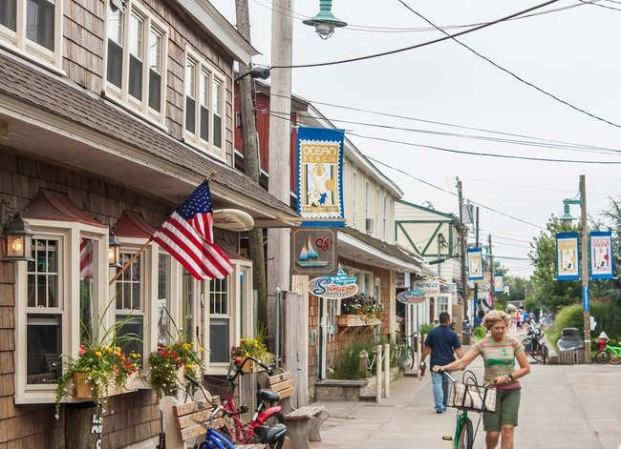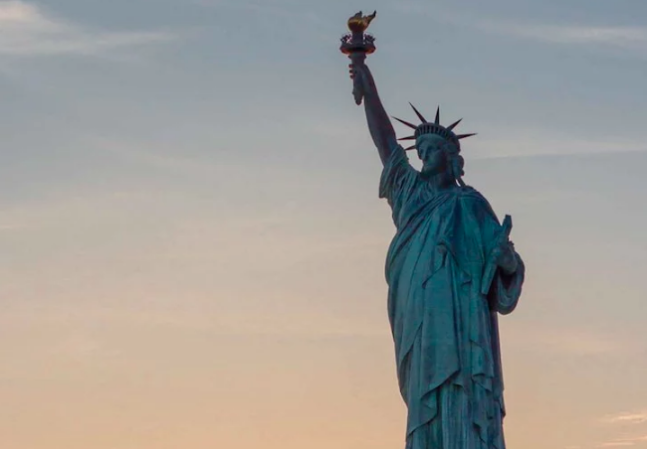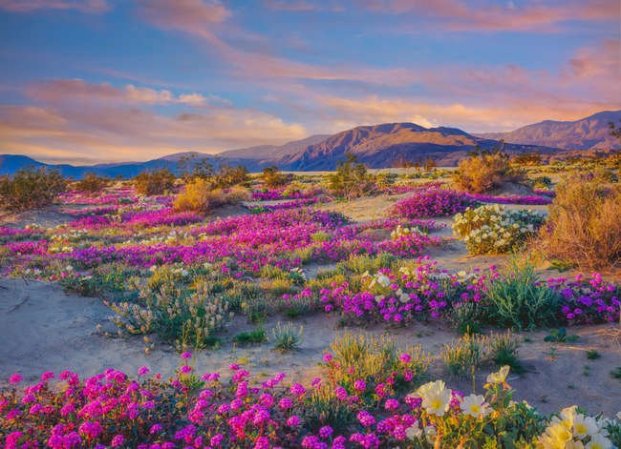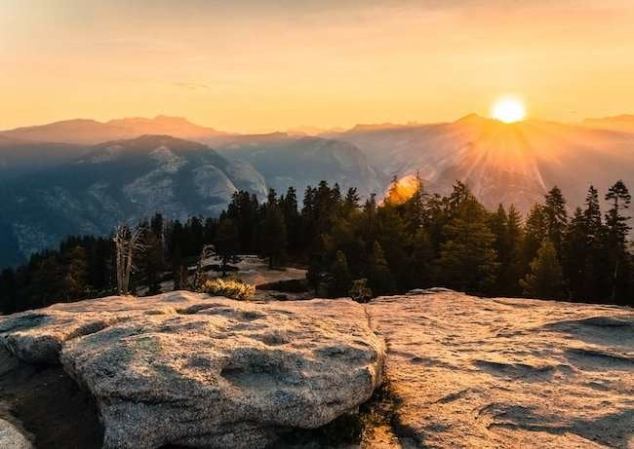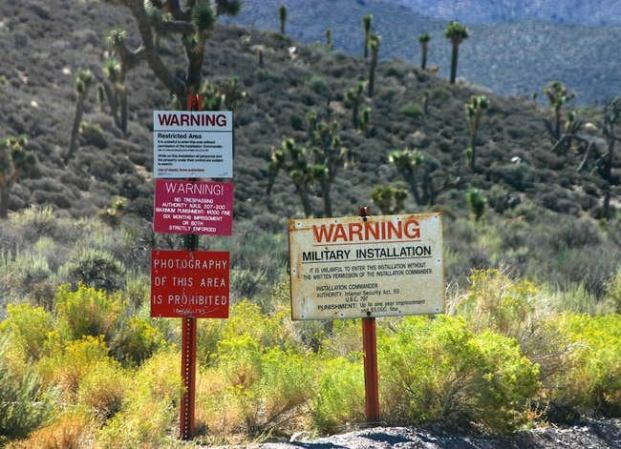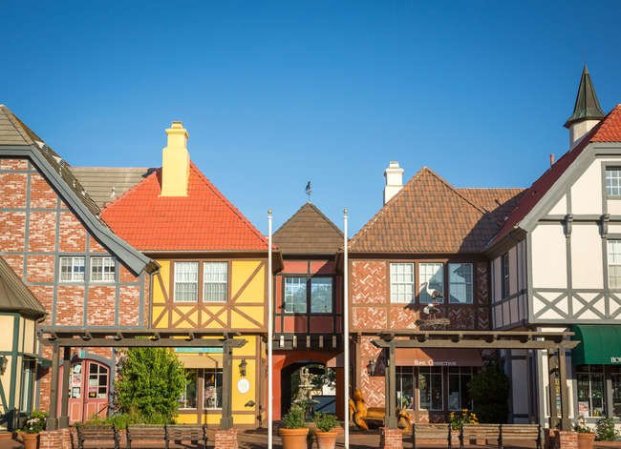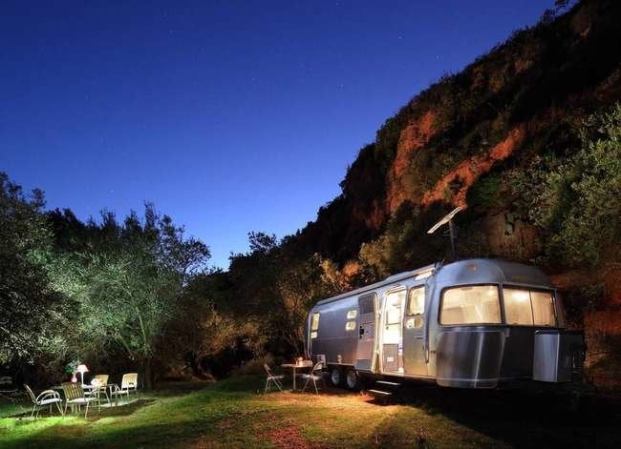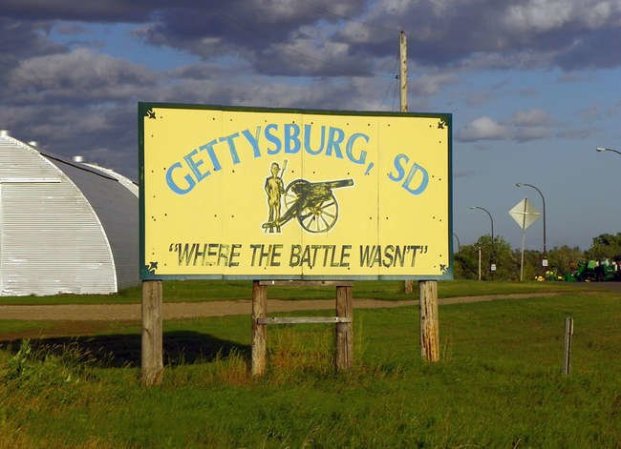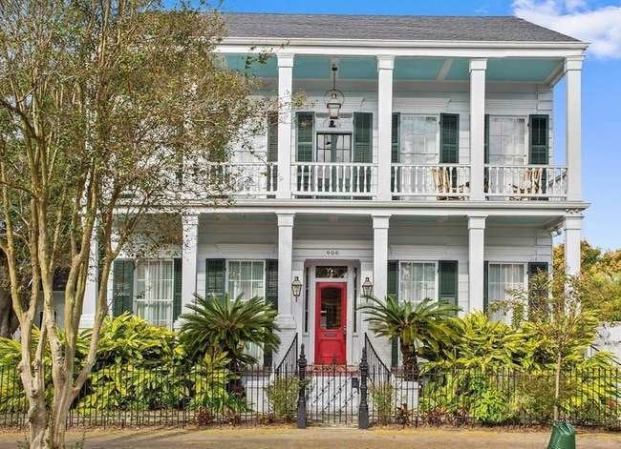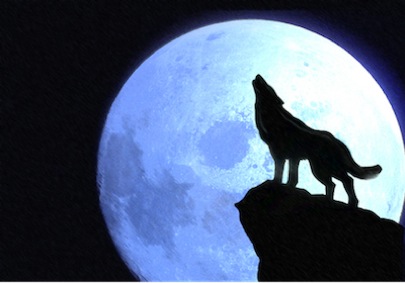We may earn revenue from the products available on this page and participate in affiliate programs. Learn More ›
Cherry Blossoms in Washington, D.C.
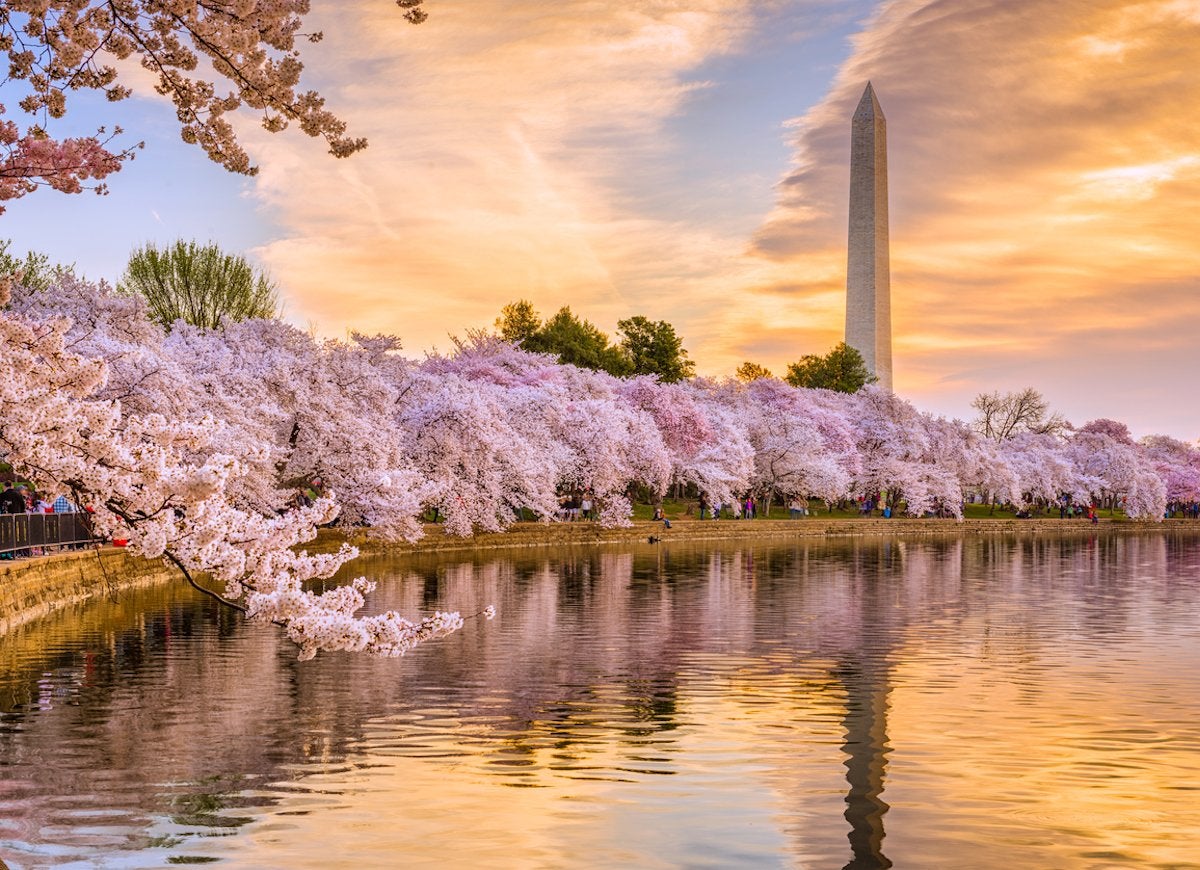
In 1912 the mayor of Tokyo gifted the United States with 3,000 cherry trees, and thousands of people still journey to see the descendants of these flowering trees every spring. Peak bloom usually occurs in the beginning of April and is celebrated with a large festival.
Related: 15 Places Every American Should Visit at Least Once
Leaf Peeping in New England
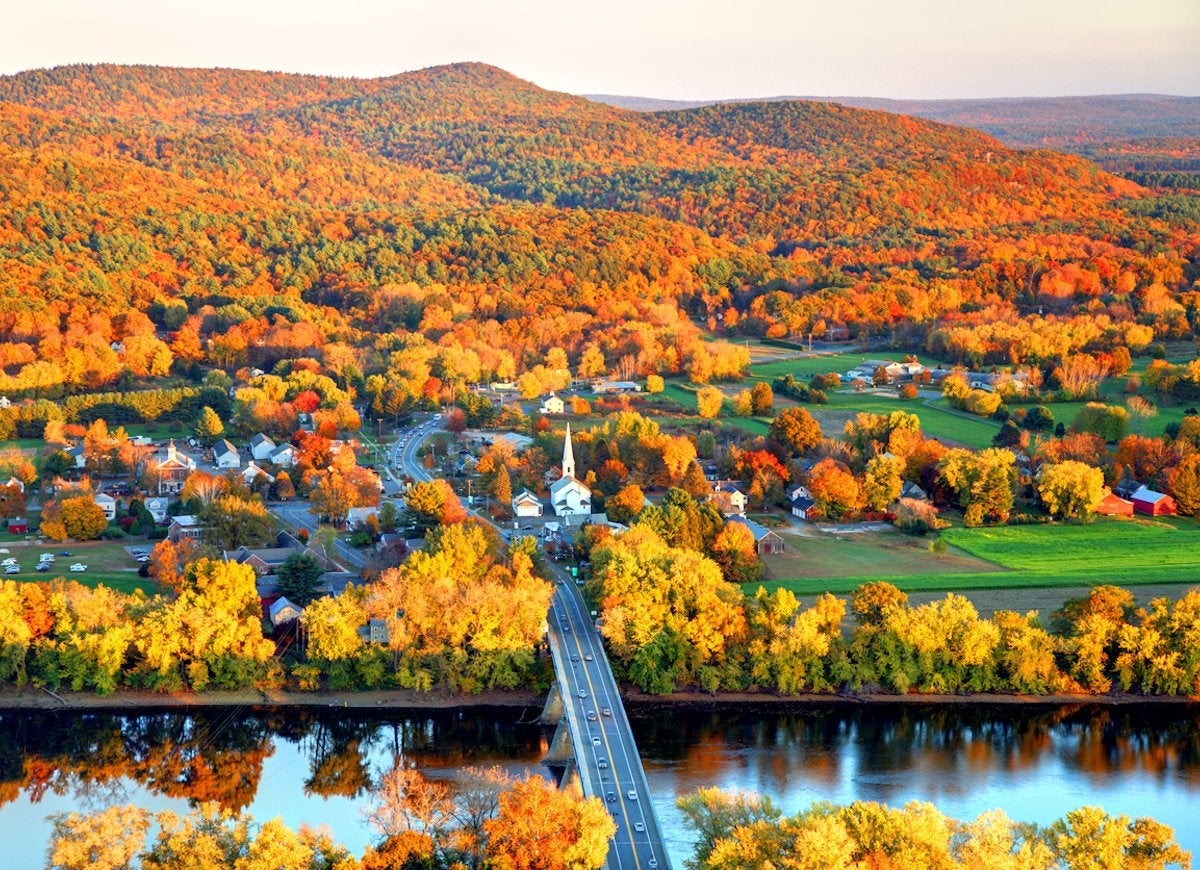
Gawking at the spectacular colors of the fall leaves in New England is known colloquially as “leaf peeping” by the locals. Popular ways to see the fall foliage include scenic drives and hiking.
Related: 12 Destinations You Should Actually Visit During the Off-Season
Sequoia National Park in California
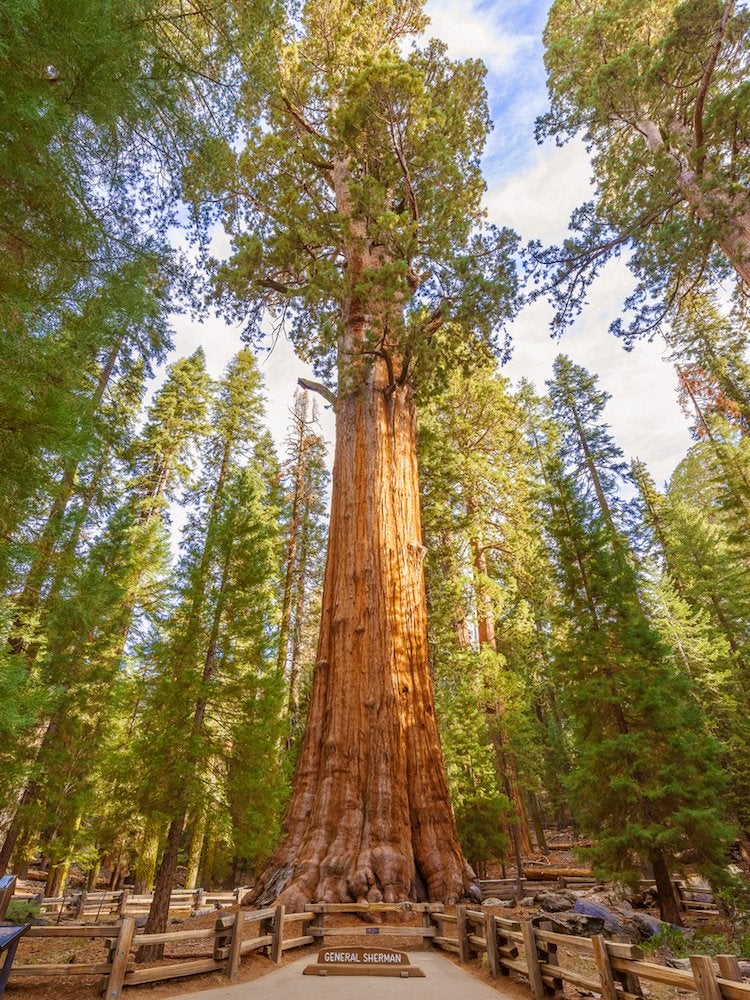
Travelers journey from far away to see the spectacle of the giant sequoia trees that can grow to be more than 250 feet high and 20 feet in diameter. This national park is also home to the largest tree in the world, affectionately named General Sherman.
Related: 18 Small Towns with Strange Claims to Fame
Bridge of Flowers in Massachusetts
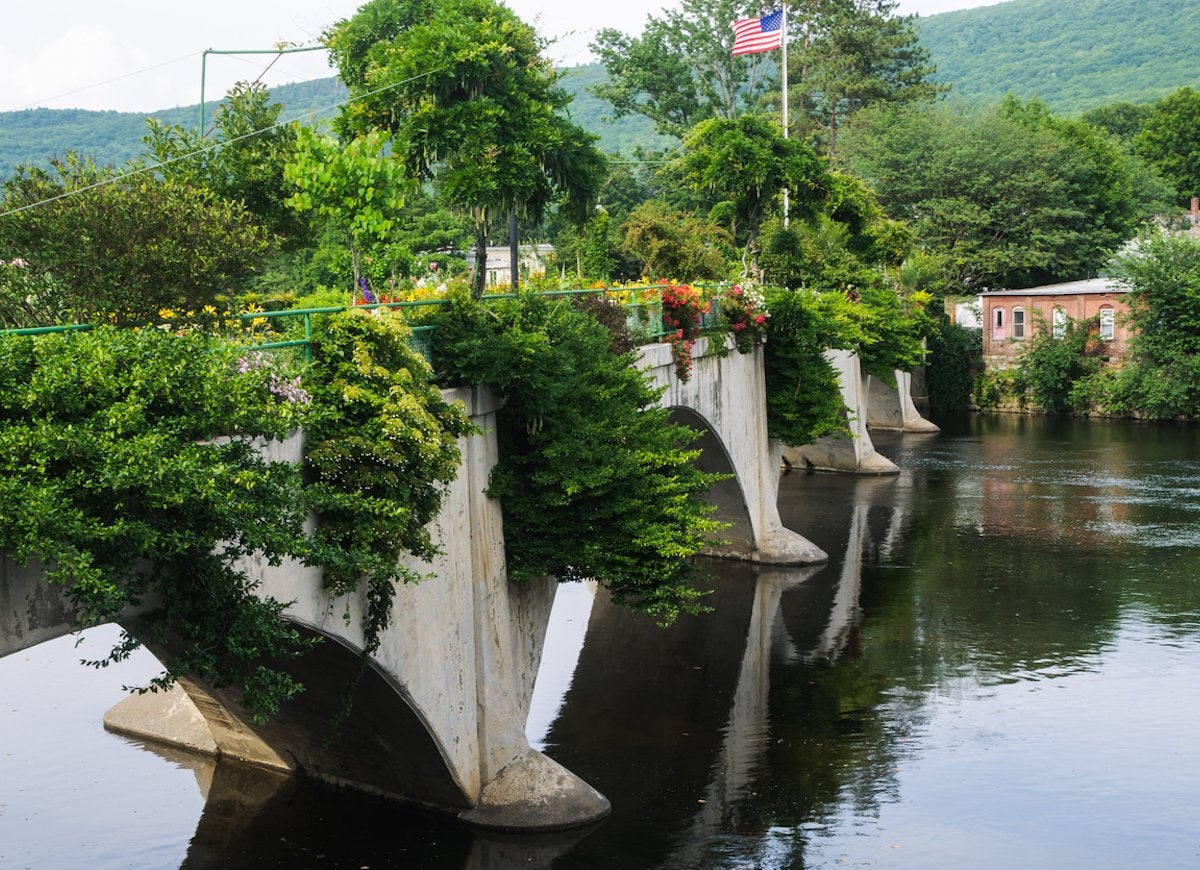
Nestled in the quaint town of Shelburne Falls, this abandoned turn-of-the-century trolley bridge was converted into a garden by the local Women’s Club in 1929 and is still lovingly maintained by locals today. The bridge features more than 500 varieties of flowers that bloom from April to October.
Silverswords in Hawaii
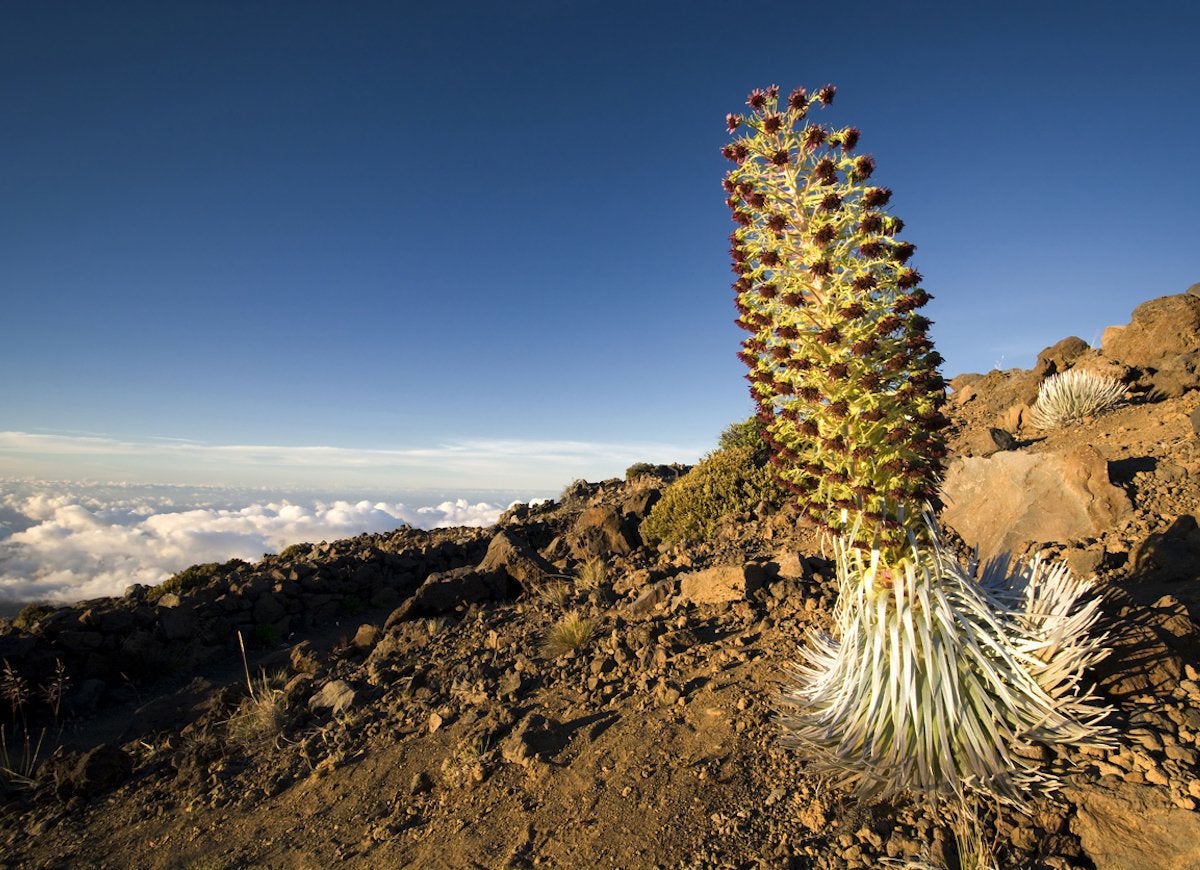
Some plant enthusiasts make it their mission to spot a blooming silversword because these exceptionally rare and endangered plants are unique to the volcanic Haleakala summit area in Maui. These exotic plants can grow to more than six feet tall and bloom only once before dying.
Arizona-Sonora Desert Museum
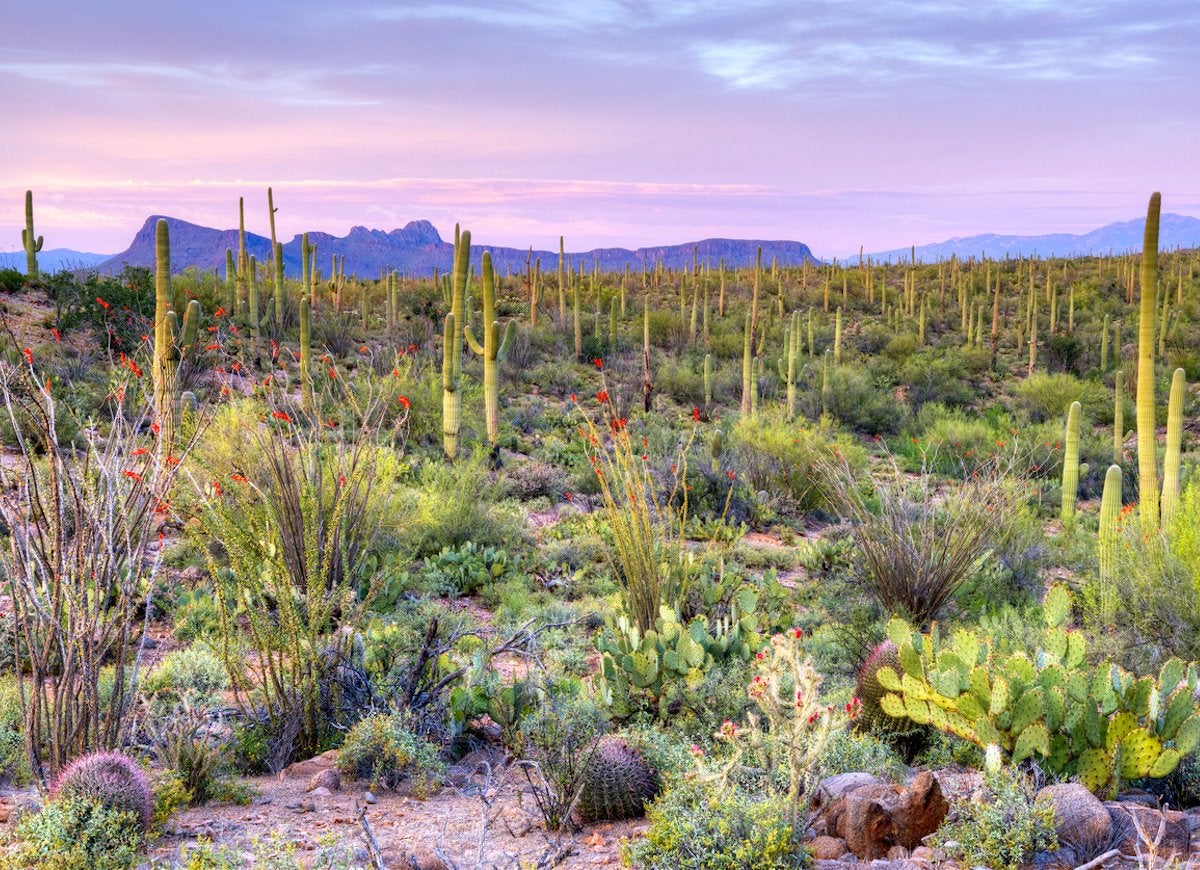
Located near Tucson, this 98-acre botanic garden, zoo, and museum celebrates the unique habitat of the Sonoran Desert. The acclaimed destination features two miles of walking paths and 1,200 varieties of native plants such as the blooming prickly pear cactus.
Related: 14 of the Best Plants for Your Drought-Tolerant Garden
Crested Butte Wildflowers in Colorado
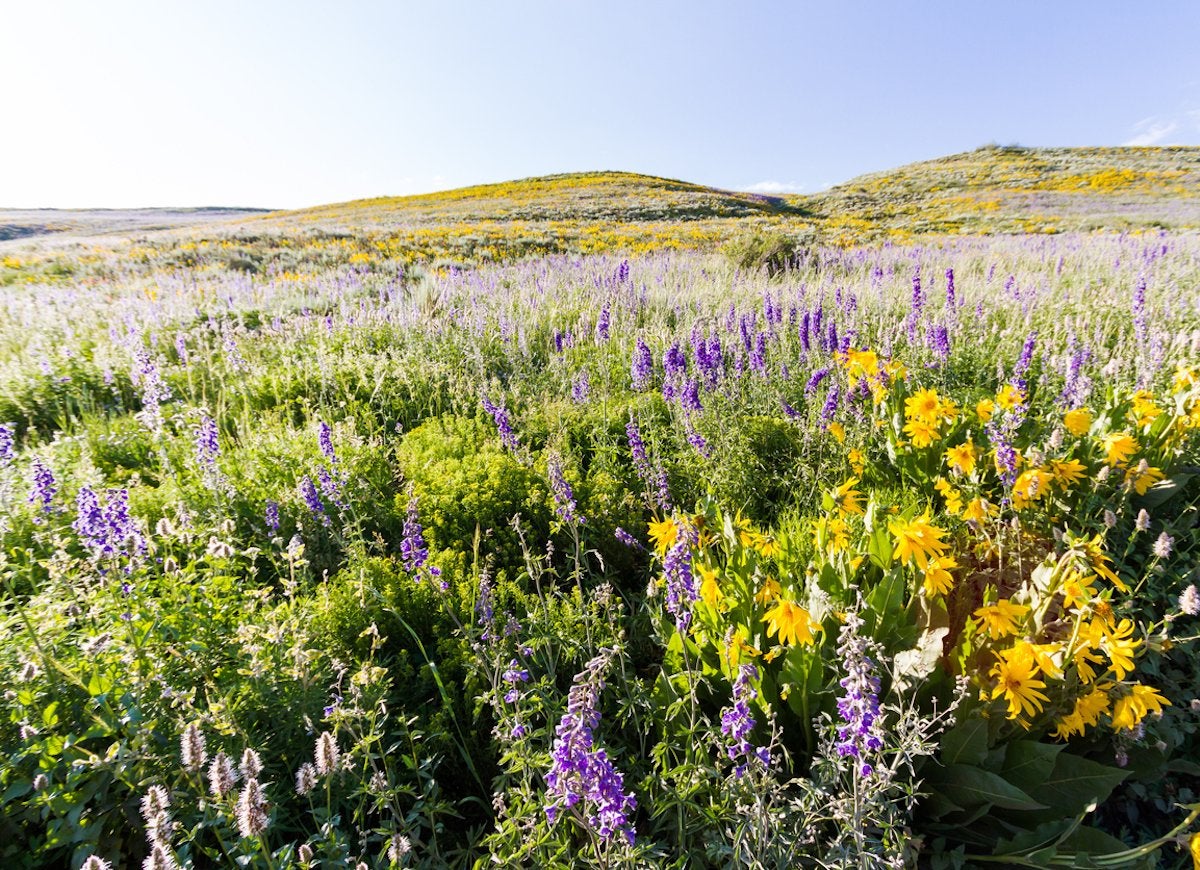
This winter ski destination transforms into a summer paradise as dreamy wildflowers cascade down the hilly trails. The week-long Wildflower Festival in July treats tourists to group hikes, tours, and art workshops.
Joshua Trees in California
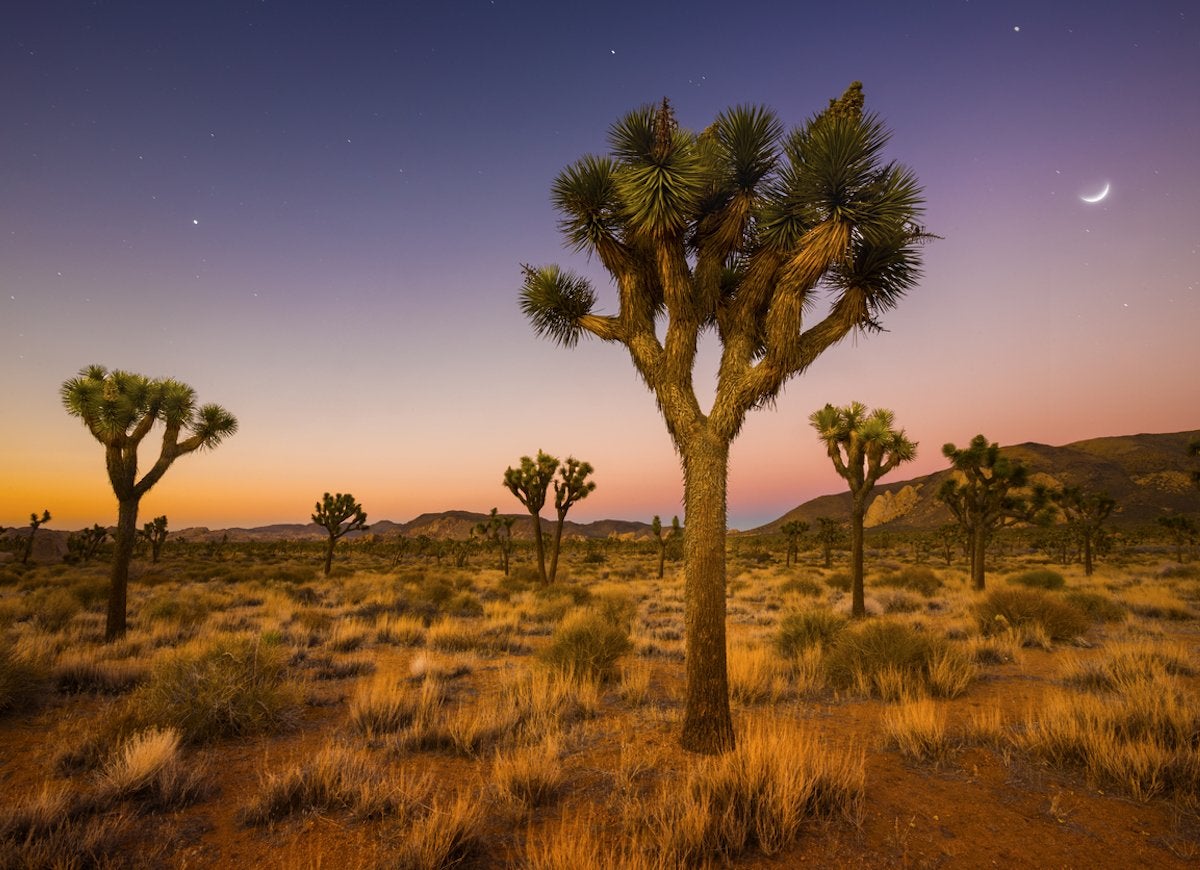
The twisty, spiky Joshua trees may look like something out of a Dr. Suess book, but you can spot thousands of them in this national park in southeastern California. The large park is located at the intersection of the two unique desert ecosystems, resulting a unique mix of plants and wildlife.
Related: Here’s What Your Favorite Houseplants Look Like in the Wild
Green Animals Topiary Garden in Rhode Island
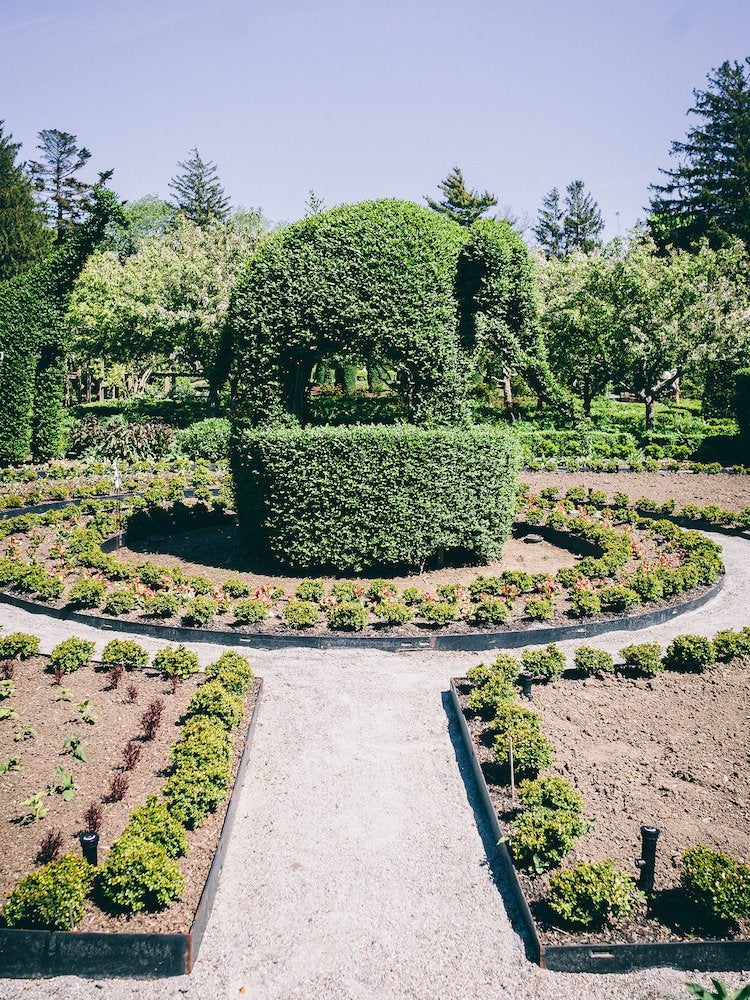
flickr.com via Garret Voight
Not all plant lovers like ‘em wild. Visitors can celebrate the whimsical art of sculpted topiaries, like the varied designs that line the impressive estate of this mansion in Newport.
Related: The Secret Histories of 15 Grand Old American Mansions
Wild Venus Flytraps in North Carolina
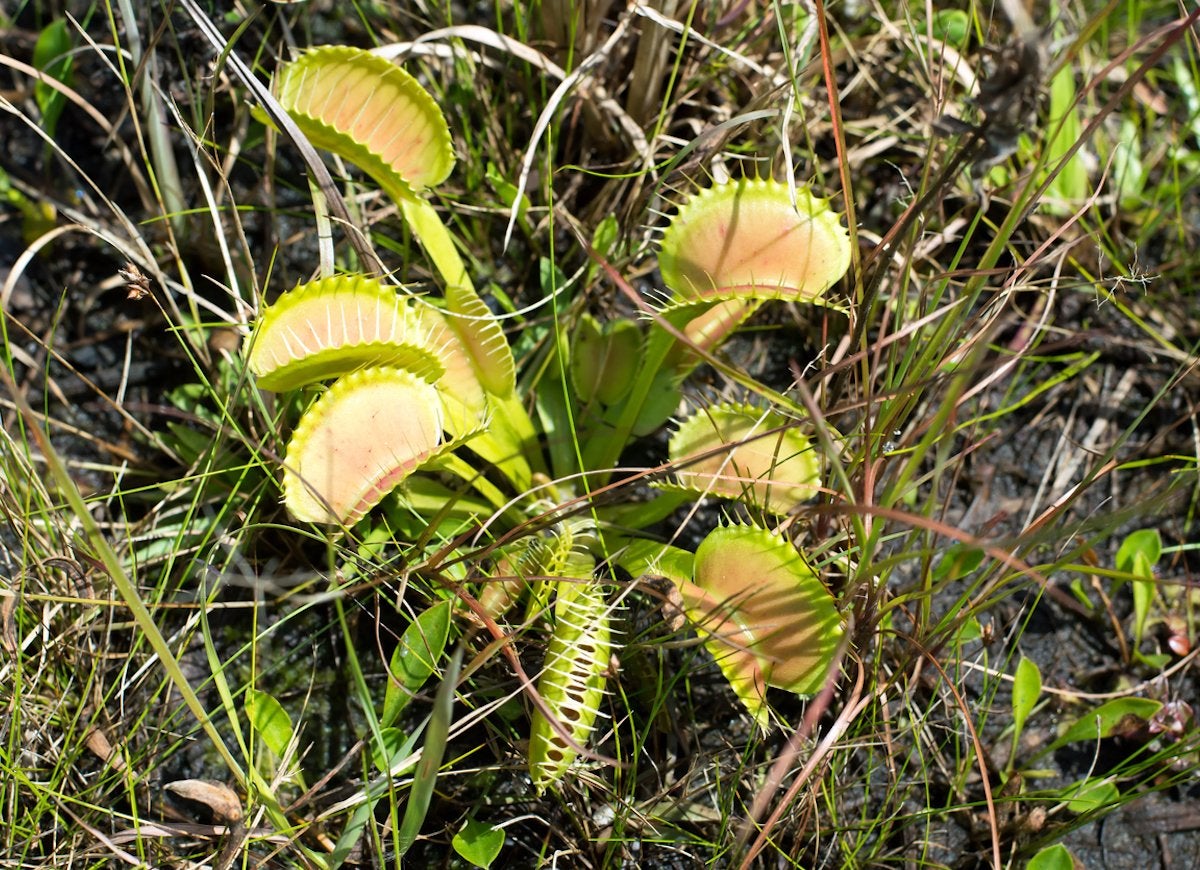
The Green Swamp Preserve of North Carolina is home to some of last surviving wild Venus flytraps. Visitors can spot the endangered carnivorous plant along the area’s hiking trails.
Tallgrass Prairie National Preserve in Kansas
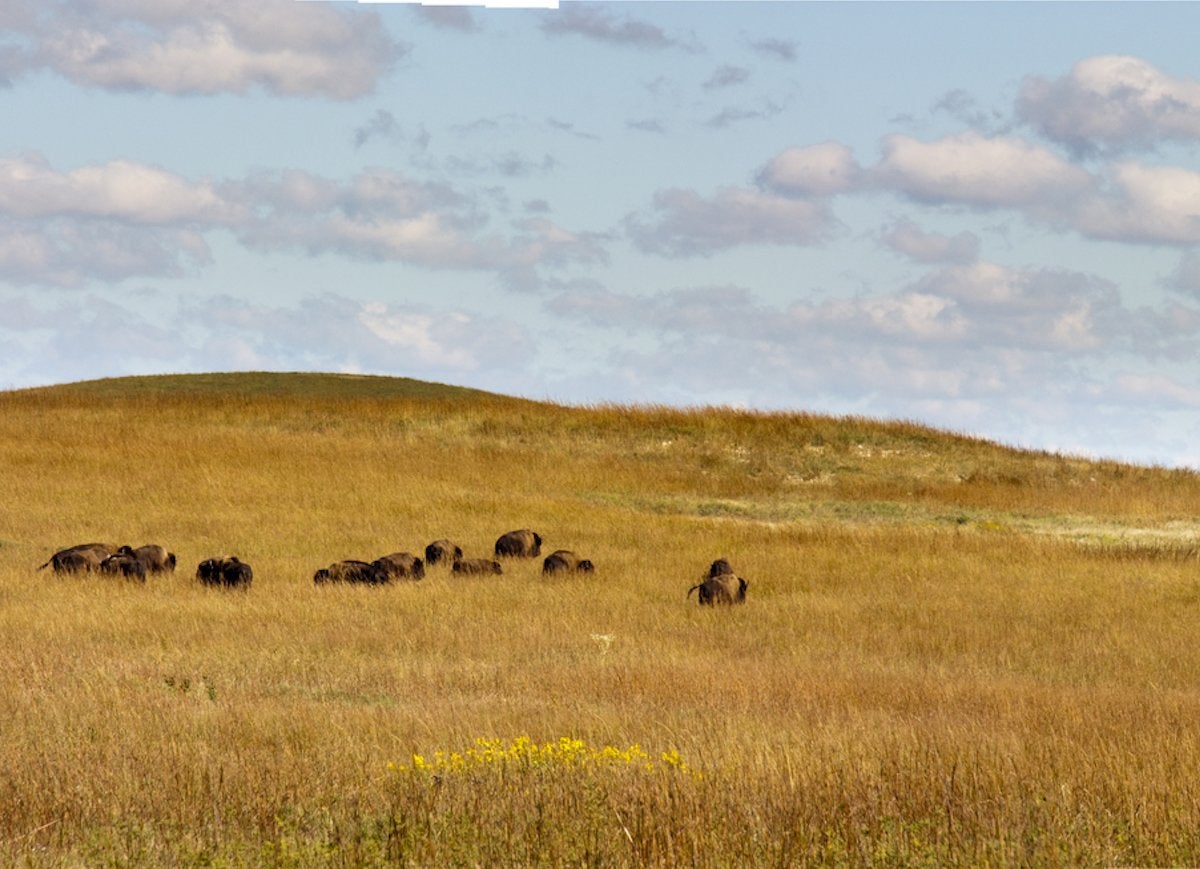
This protected region is one of the last surviving areas of the tallgrass prairie ecosystem that once covered 170 million acres of North America. Visitors can explore beautiful vistas, seasonal wildflowers, and observe a wild bison herd.
Related: Endless Acres: 14 of the Biggest Properties in America
Bristlecone Pines in Great Basin National Park, Nevada
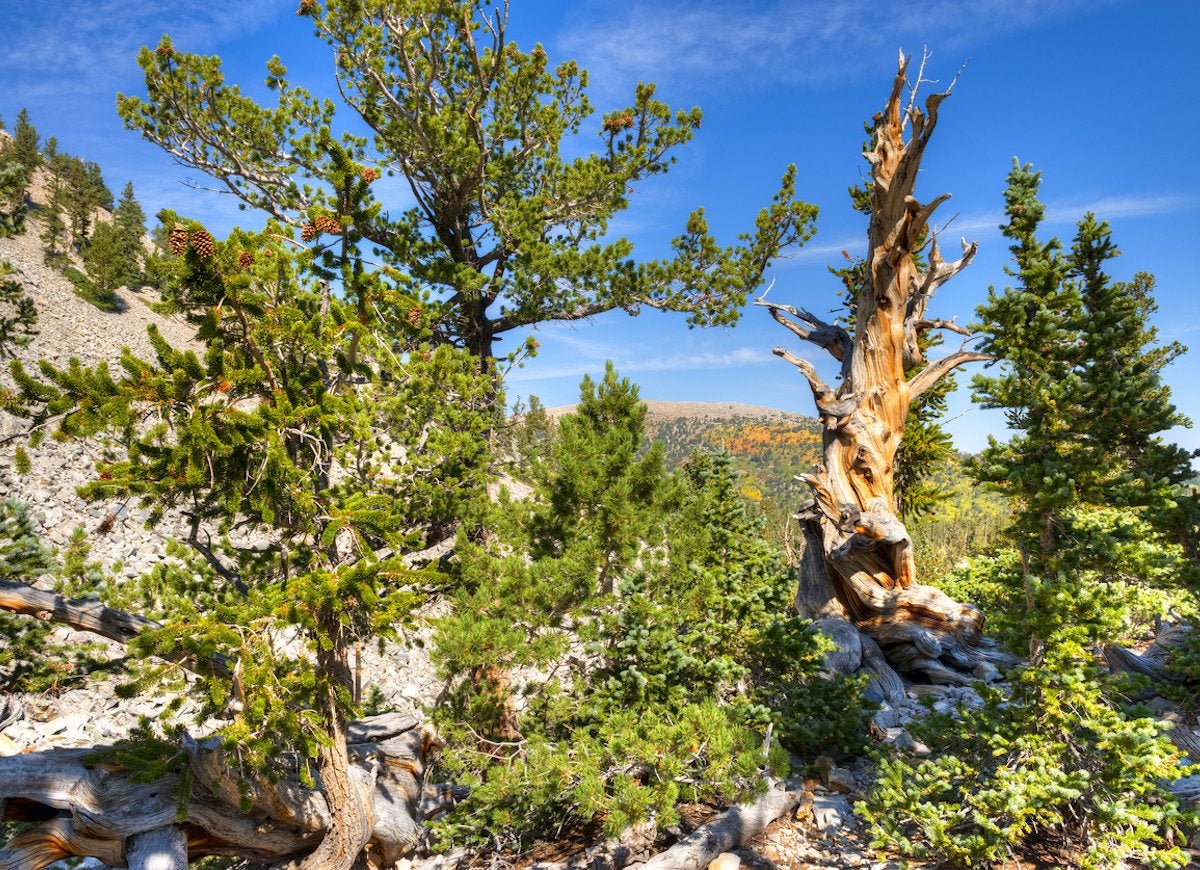
Theses twisted bristlecone pine trees, which can live for more than 4,000 years, strike impressive silhouettes in the landscape of the American West. Growing only in high altitudes, these ancient trees have tightly bundled tufts of needles that make them a sight to behold.
Air Plants in the Florida Everglades
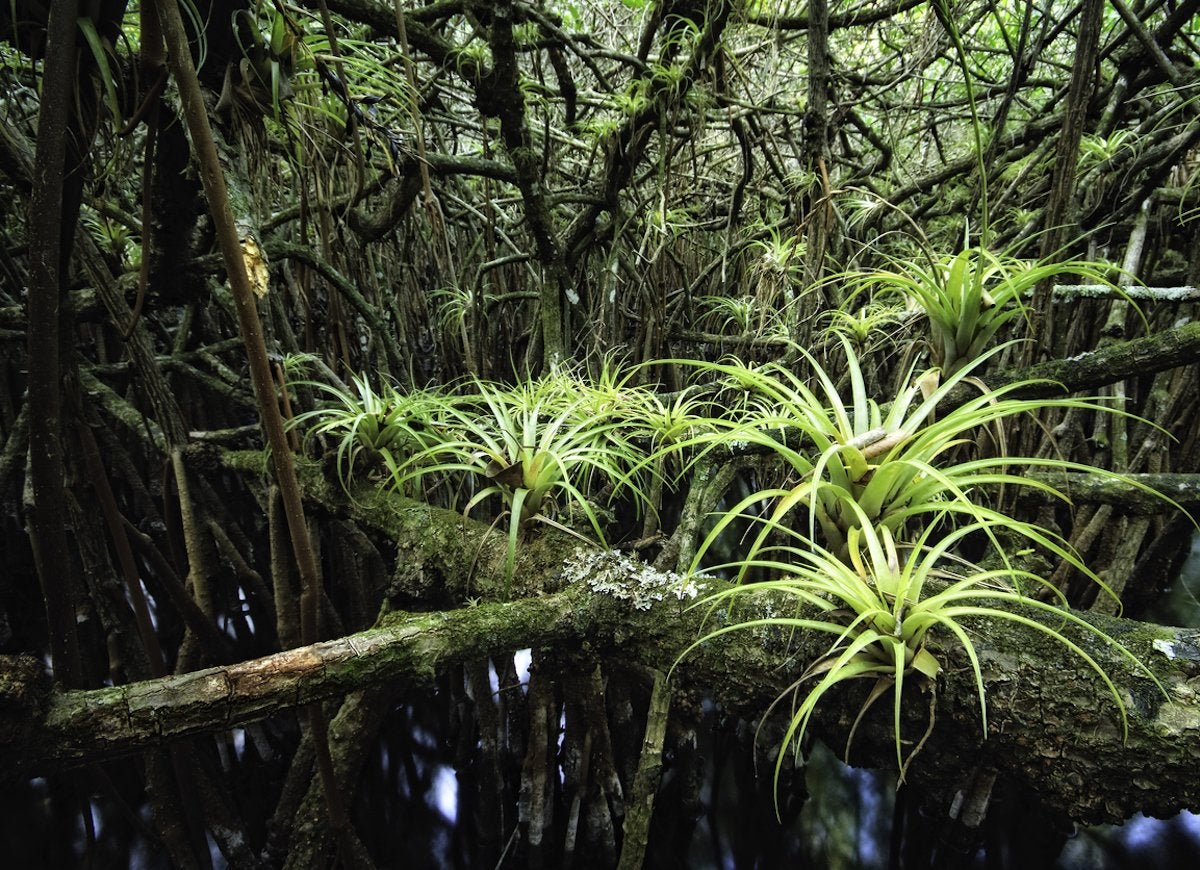
These unique plants, native to the Everglades, grow nonparasitically on other trees and do not need to root in soil because they can absorb water and nutrients directly through their leaves. Formally known as bromeliads, they are actually part of the pineapple family.
Wildflowers in the Great Smoky Mountains
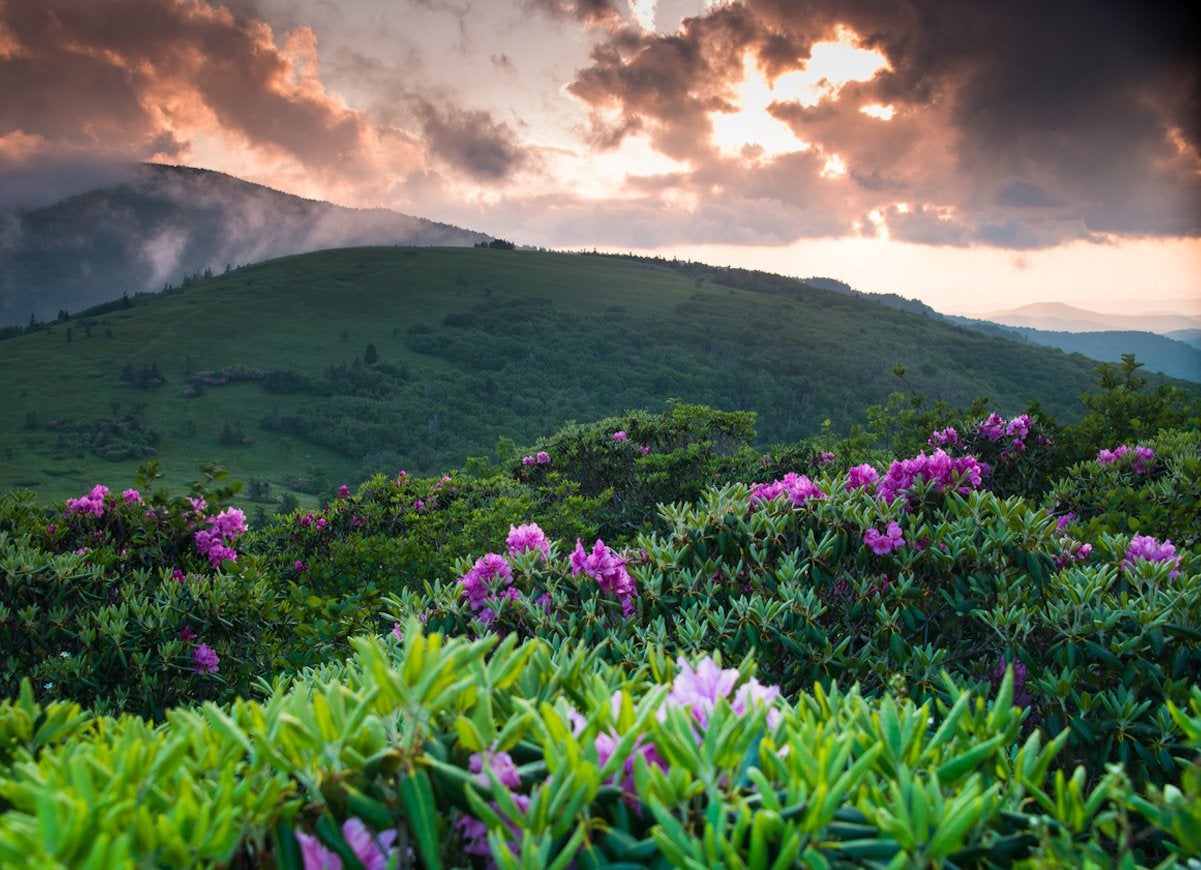
The rolling hills of the Great Smoky Mountains National Park, straddling Tennessee and North Carolina, are home to more than 1,500 kinds of flowering plants. Blooms can be found year-round in this renowned preserve of wildflower diversity.
Bluebonnets in Brenham, Texas
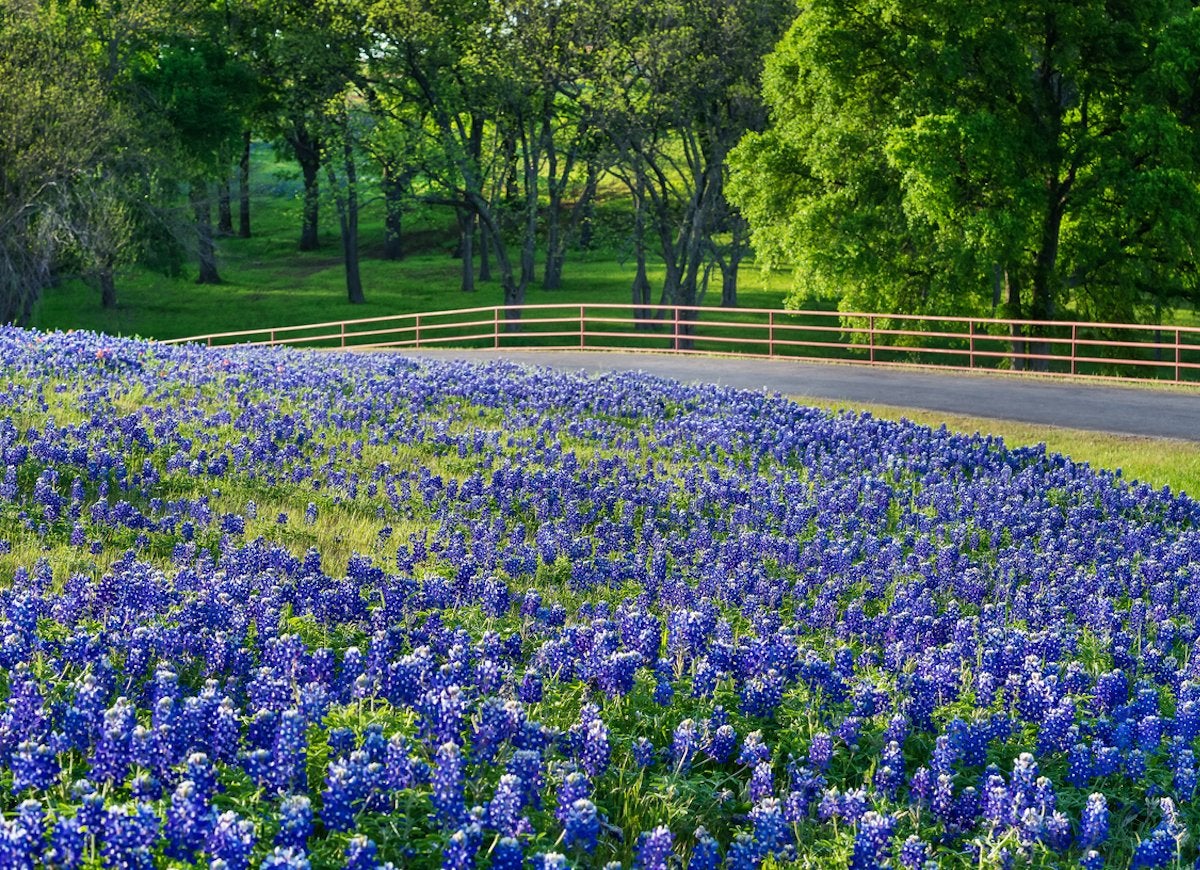
Bluebonnets are the Lone Star State flower and spectacular sightings of them can be found in the fields and pastures of Brenham, Texas. The town operates a website that keeps a wildflower watch so prospective visitors know when the flowers are in full bloom—usually in early April.
Related: 10 Fast-Growing Plants for (Almost) Instant Curb Appeal
Antelope Valley Poppy Reserve in California
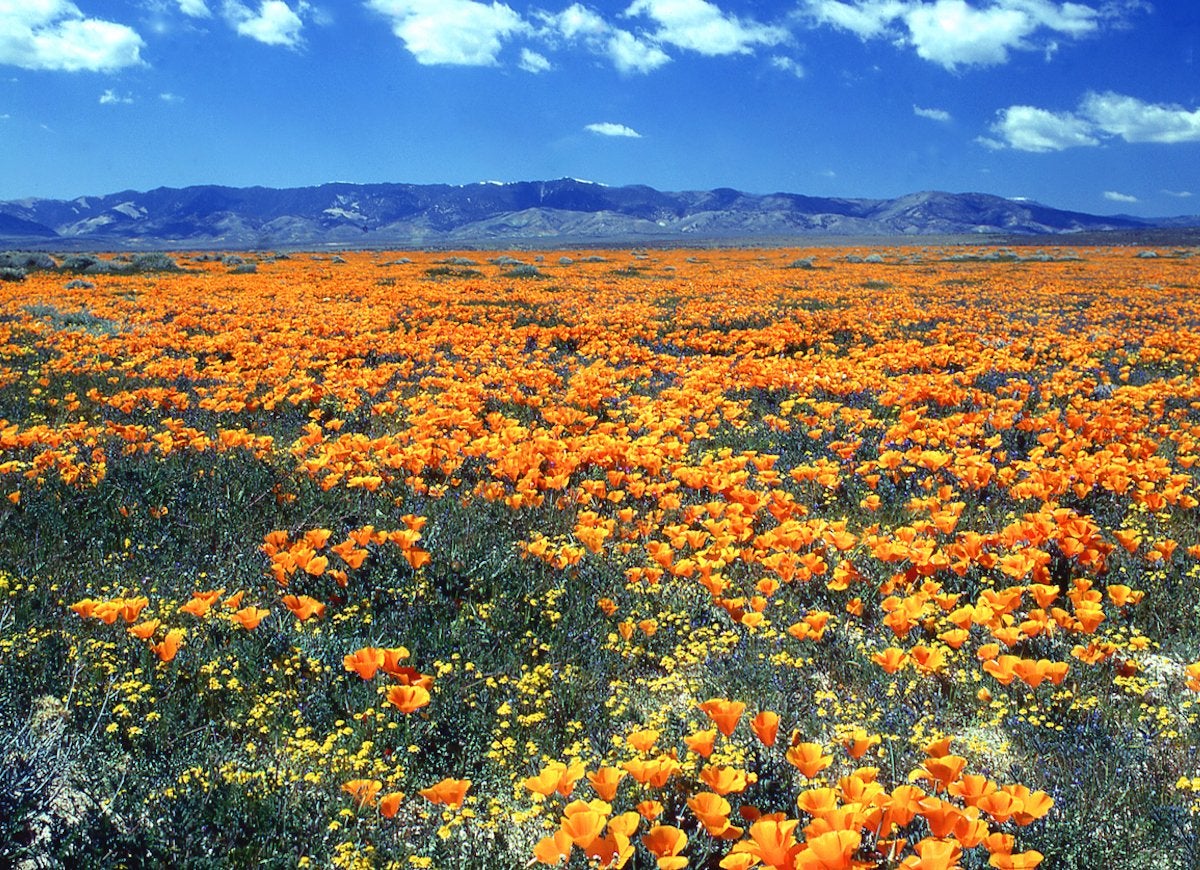
Seas of golden poppy flowers abound in this 1,700 acre preserve that features eight miles of trails through the gentle rolling hills. The poppies bloom from late March to early April, but can be slow or quick to flower when weather and sun conditions fluxuate.
Related: 10 Ways to Weather-Proof Your Garden
Fort Pierre National Grassland in South Dakota
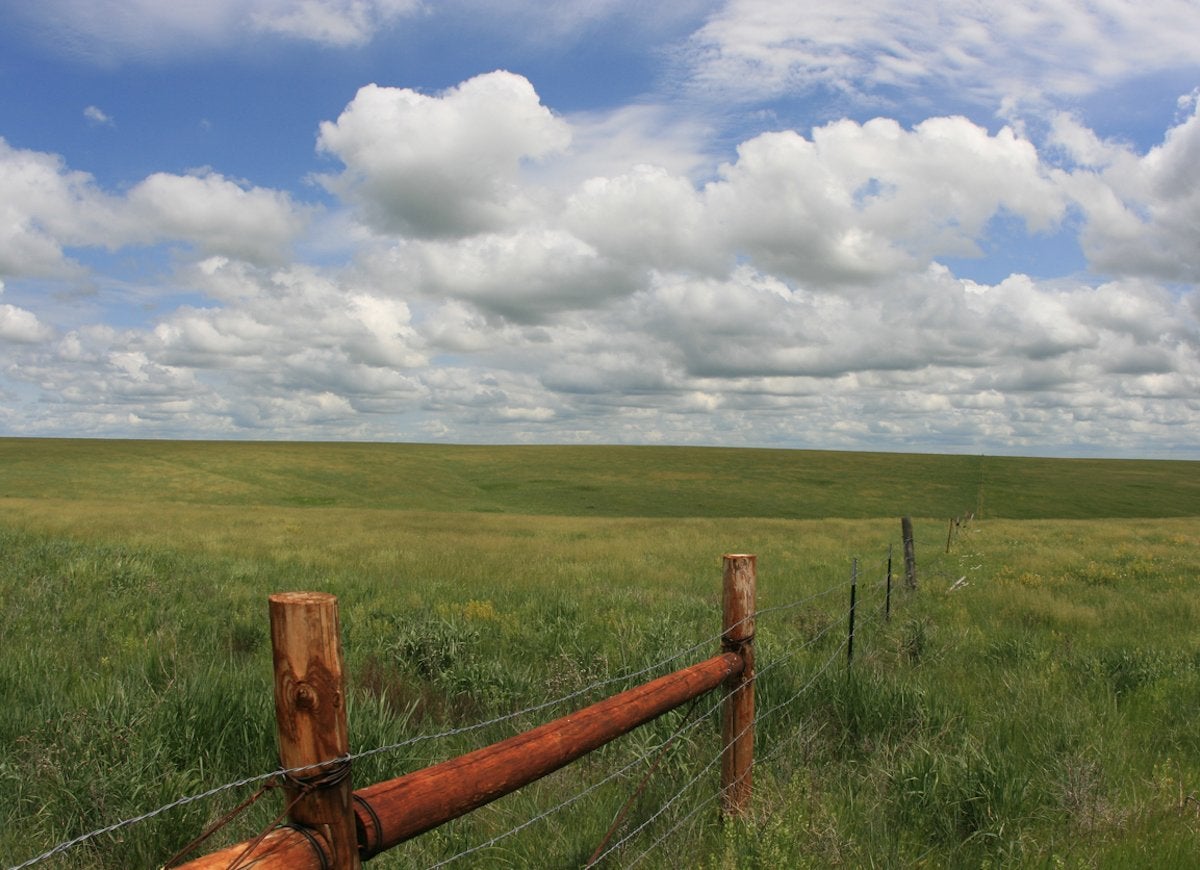
If you love wide open spaces and the beauty of grass waving in the wind, then this sprawling short grass prairie is an ideal destination. Cinephiles will note that the film “Dances with Wolves” was shot in this region.
Related: 7 Fictional Towns You Can Visit in Real Life
Rhododendrons Along the Blue Ridge Parkway
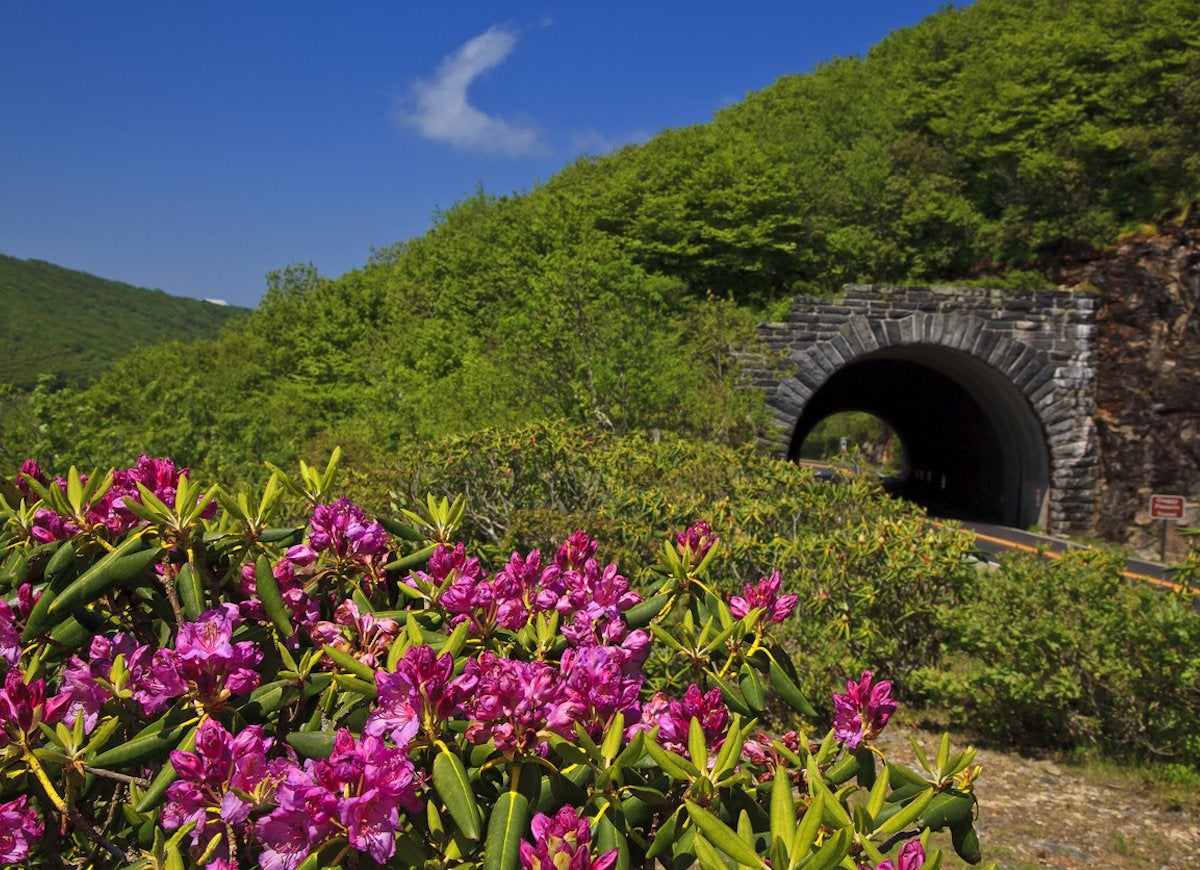
This flowering shrub has become an icon of the Blue Ridge Parkway, a 470-mile scenic road that connects Shenandoah National Park in Virginia with Great Smoky Mountains National Park in North Carolina. The parkway also features flame azalea shrubs with brilliant orange flowers.
Related: America’s 50 Favorite Streets
Forget-me-nots in Alaska
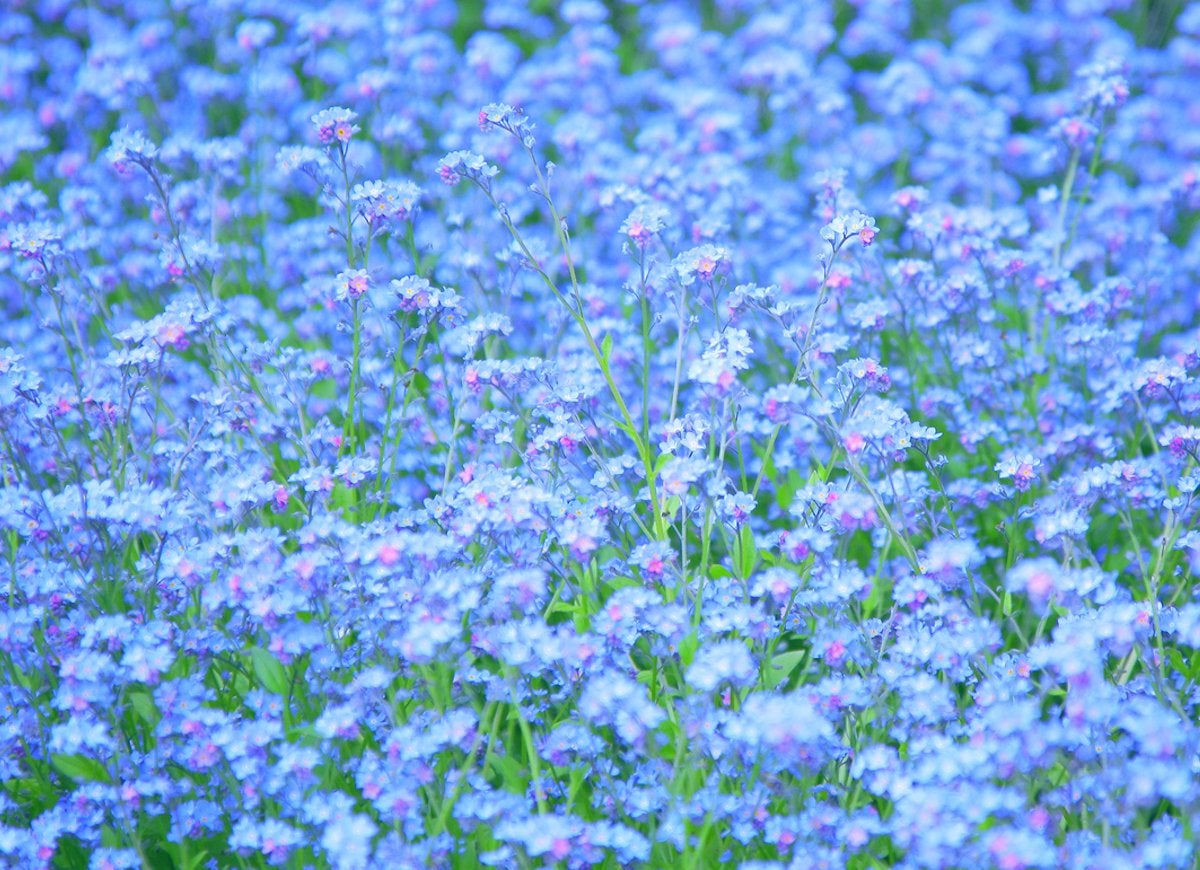
The charming blue forget-me-not is Alaska’s state flower and can be found in the alpine meadows of Denali National Park, along with a host of other spectacular scenery, both of which attract a stream of visitors during the growing season.
Related: 17 Log Cabins We Love
Magnolia Plantation and Gardens in South Carolina
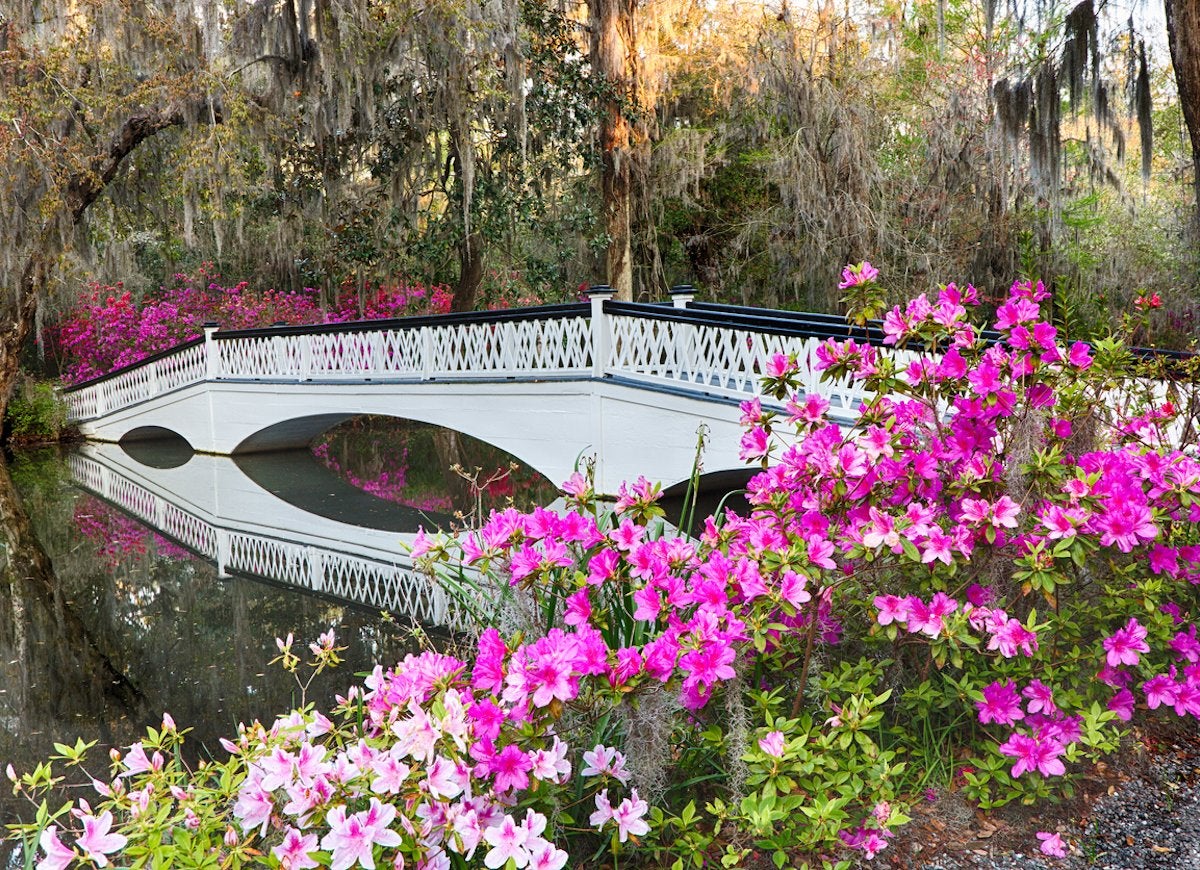
The wild Romantic-style garden is one of the oldest public gardens in America, having welcomed visitors since 1870. Nestled on an antebellum plantation just outside Charleston, the gardens are said to be home to first azaleas brought to America.
